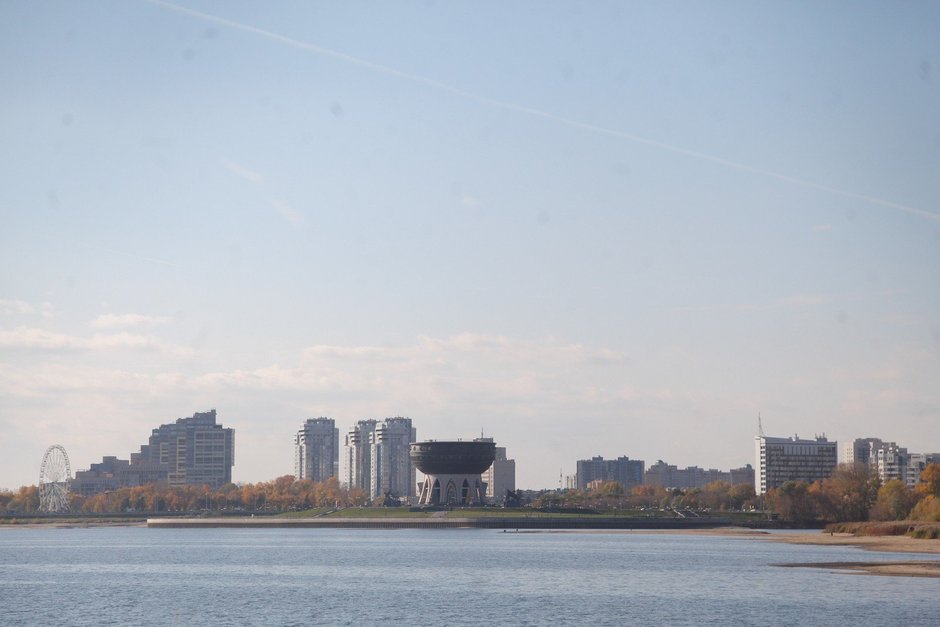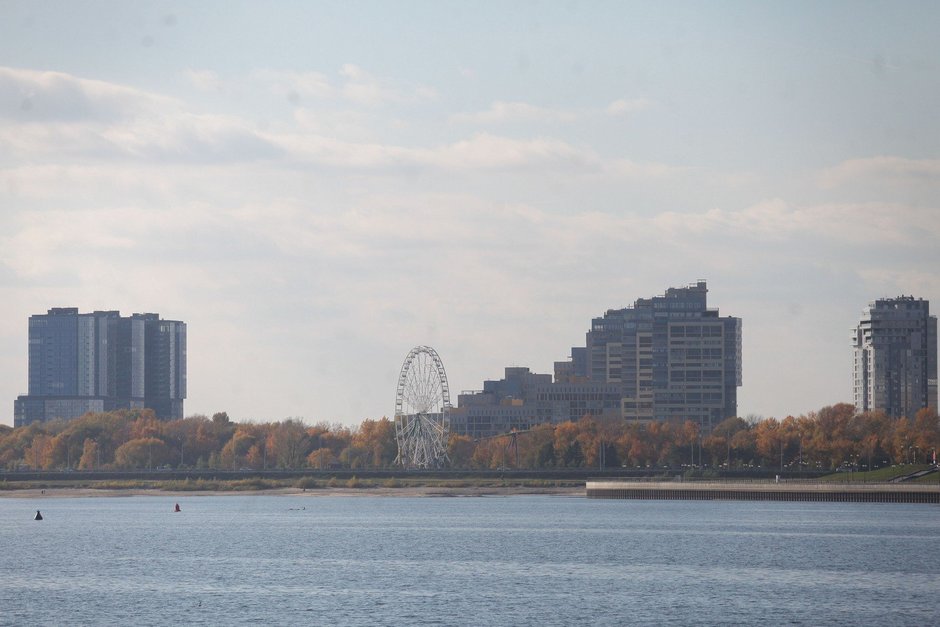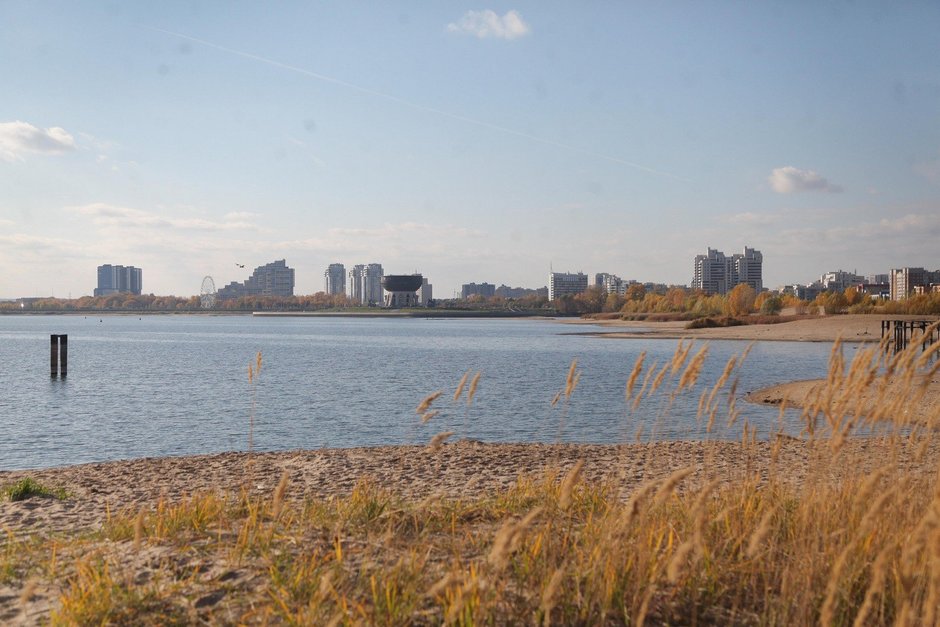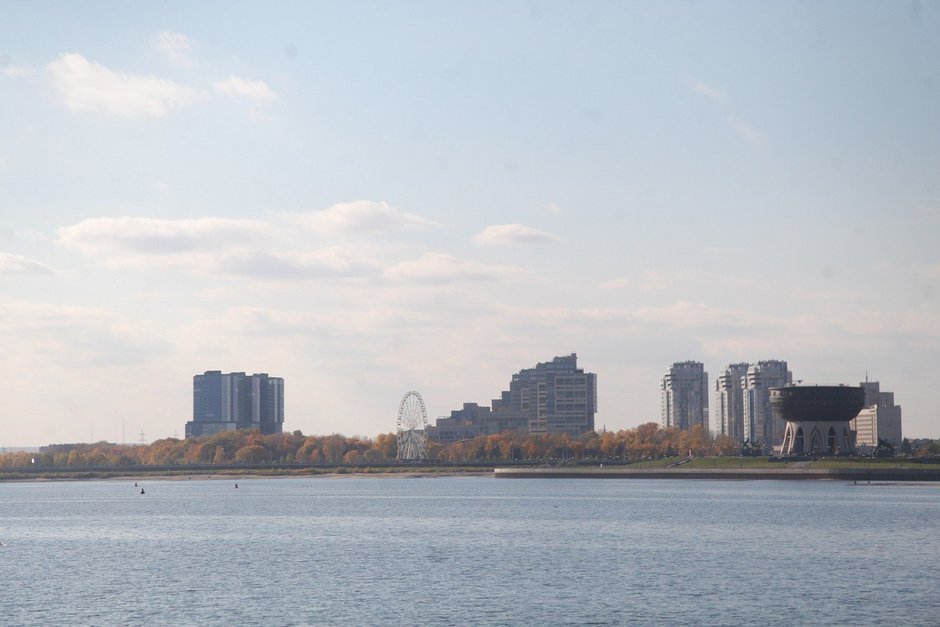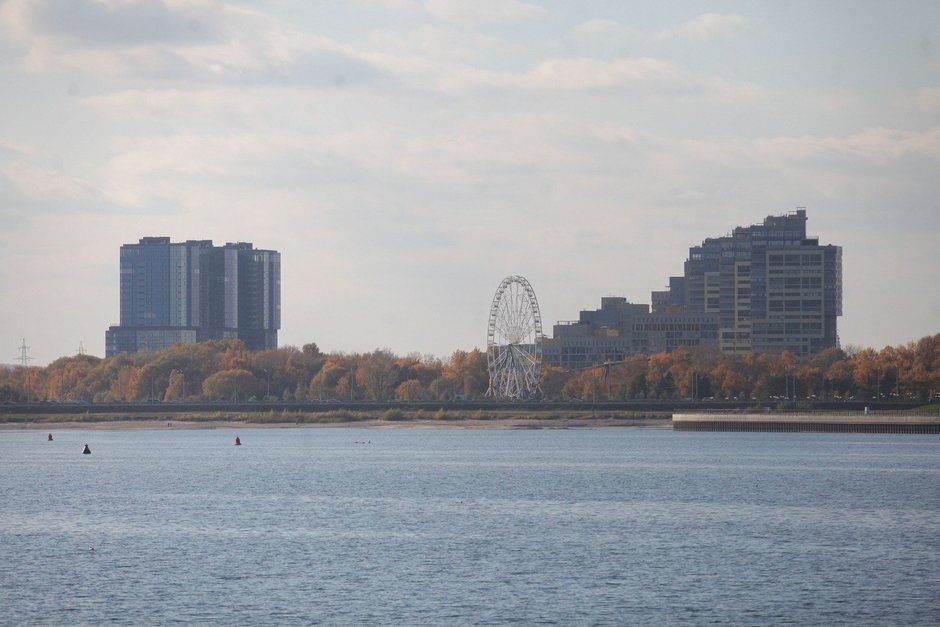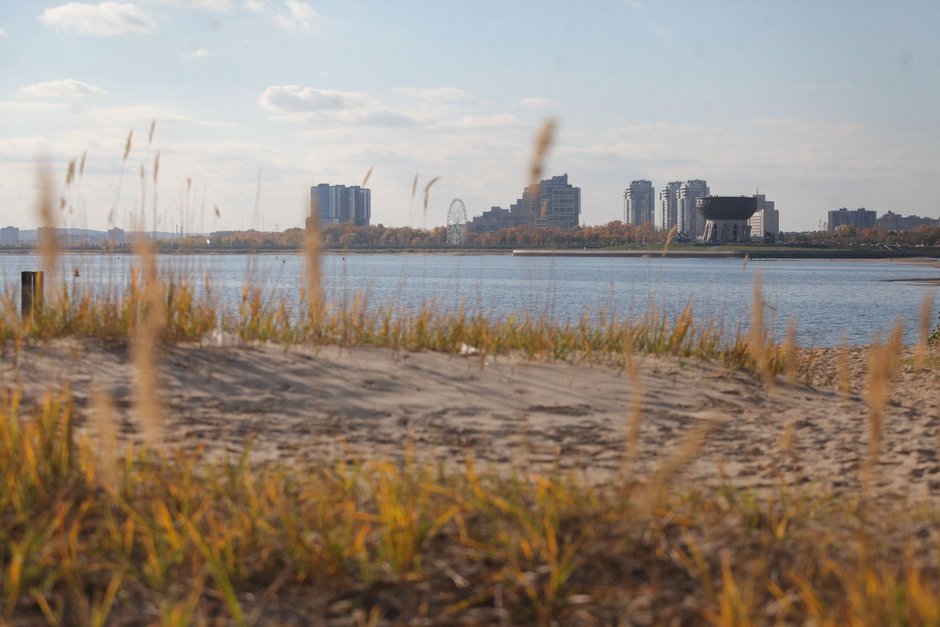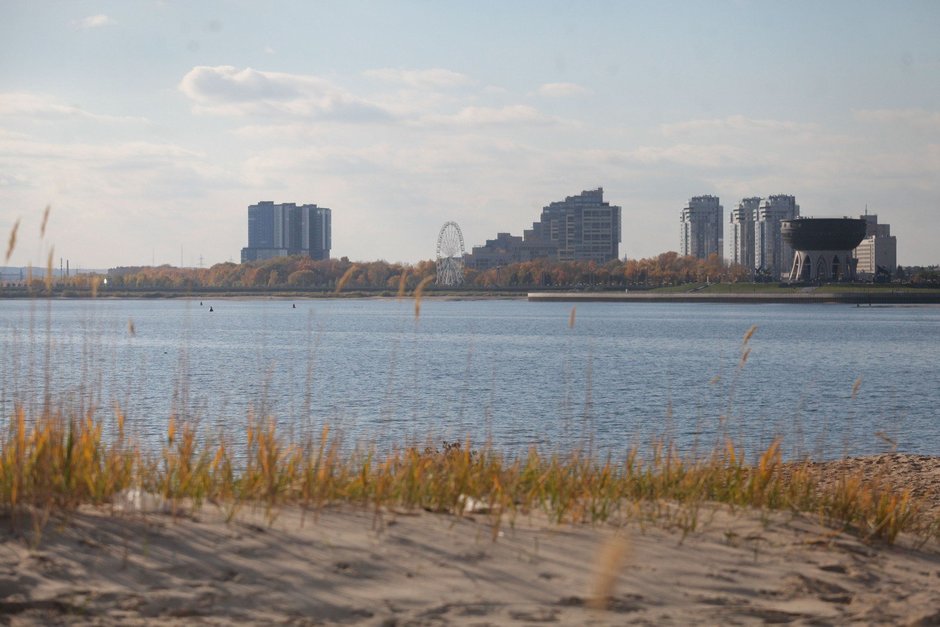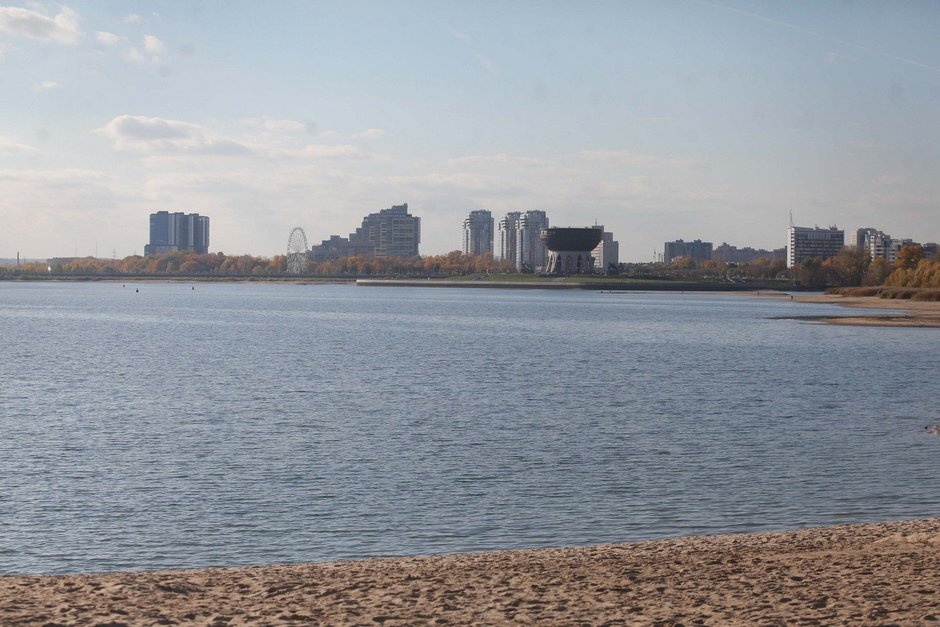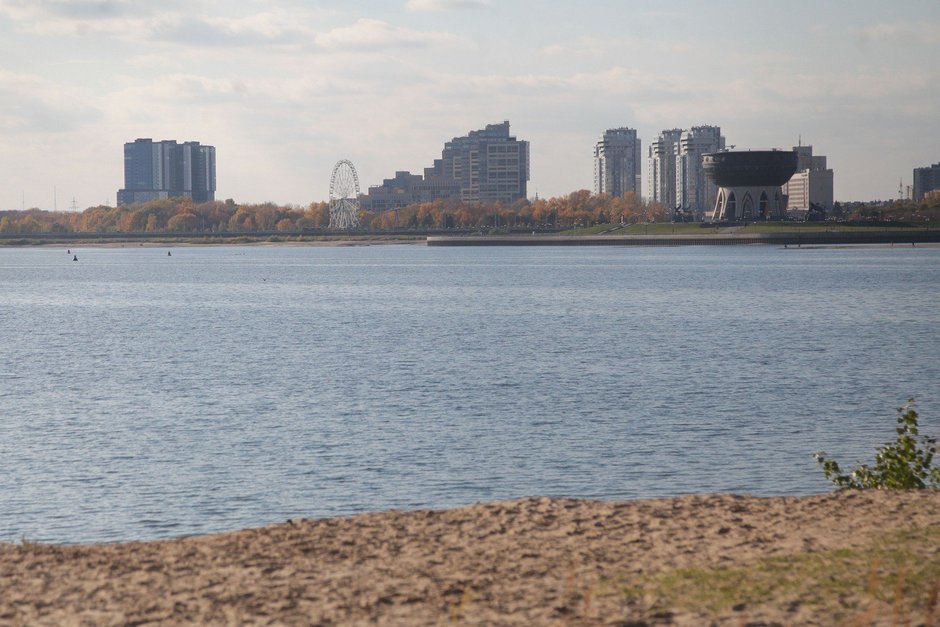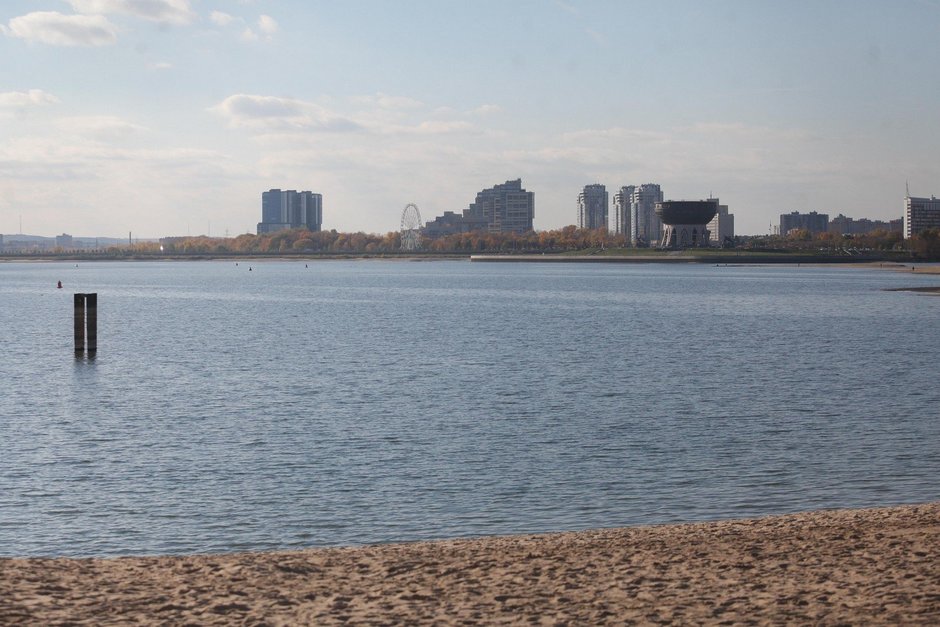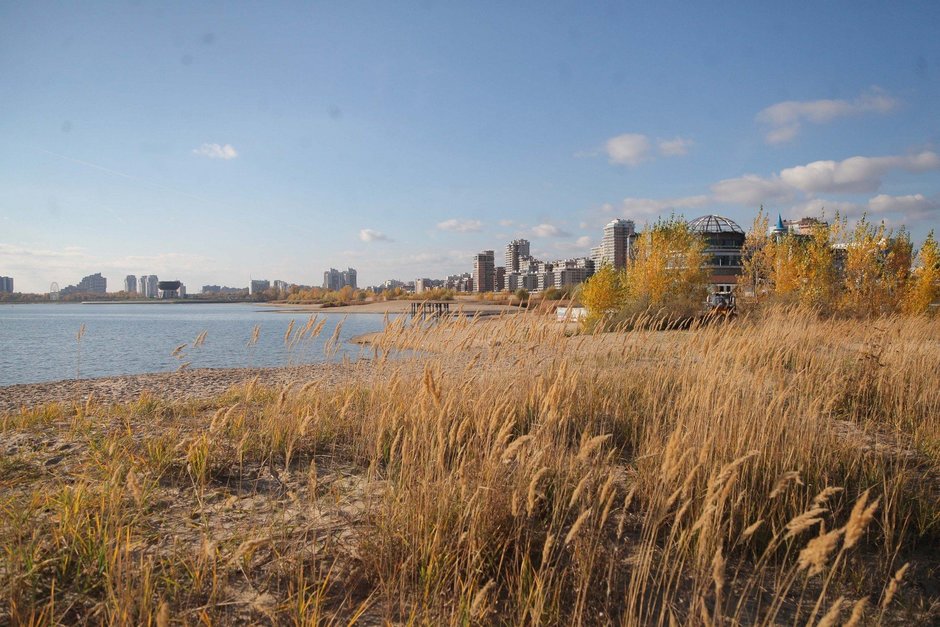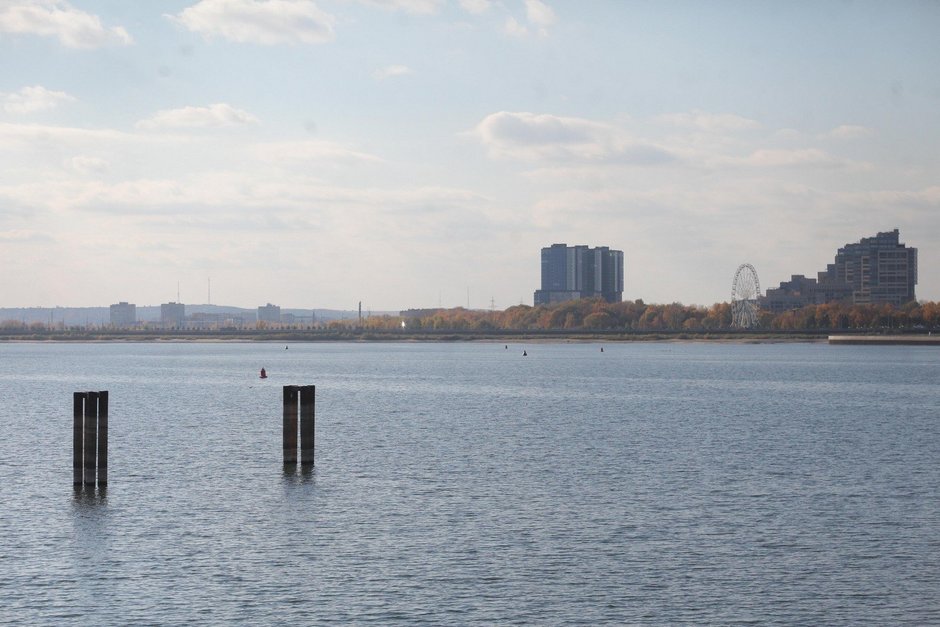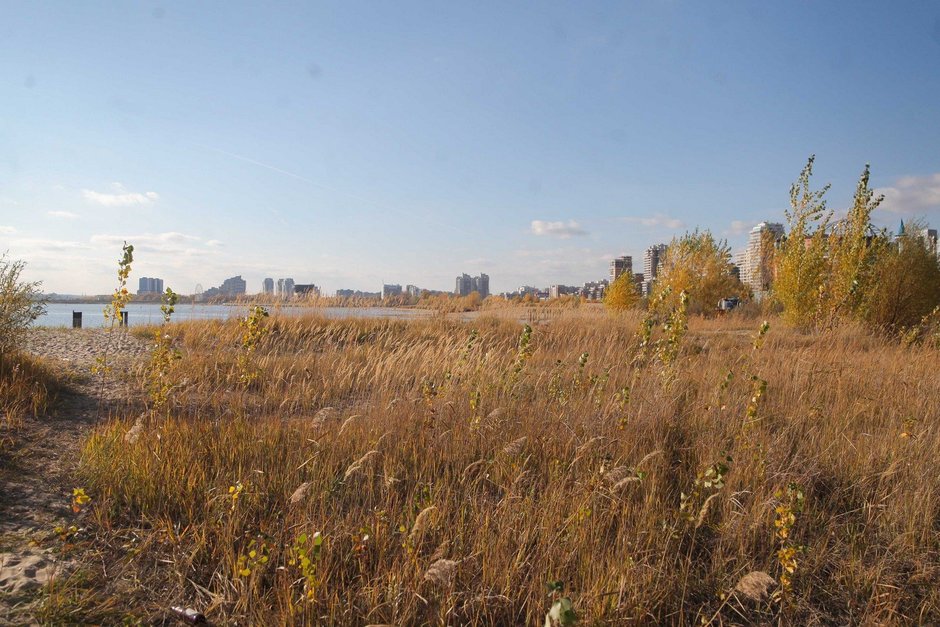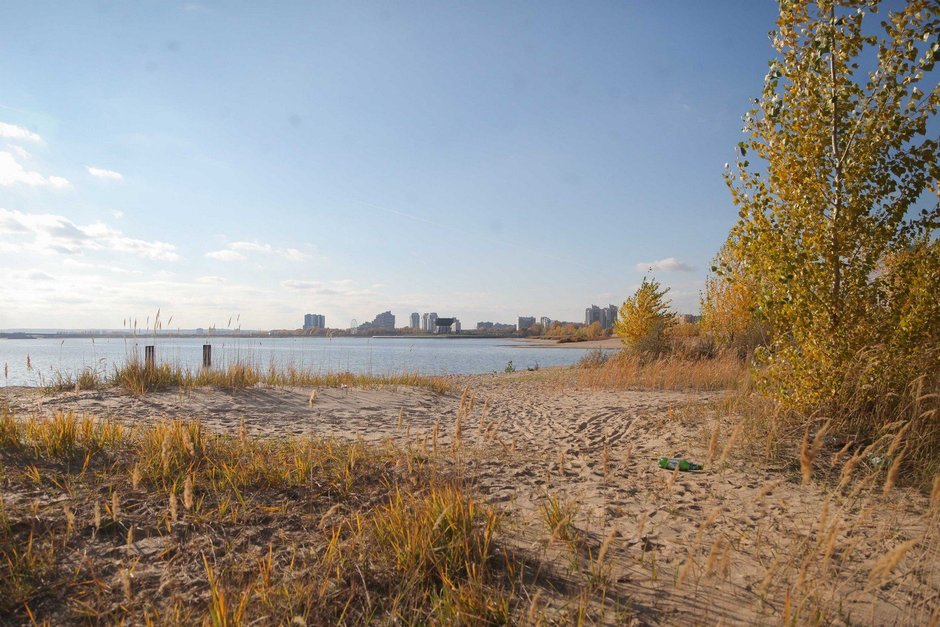Kazan Cathedral Mosque to be built on the right bank next to Tatneft Arena
Tatarstan has come close to choosing a place for the main mosque: there are plans to build the temple on alluvial soil between the Millennium Bridge and the Kazan Family Centre
As it became known to Realnoe Vremya, Tatarstan has practically decided on the construction site of the Cathedral Mosque. The sources of the publication report that the future main Muslim temple of the capital of the republic will be erected on Sibgat Khakim Street next to Tatneft Arena and Riviera entertainment complex. The large-scale religious building is going to be erected in the water area of the Kazanka River on filled-up ground. The height of the minarets of the Cathedral Mosque will reach 80 metres, which is significantly higher than the towers of Kul Sharif (57 m), Kazan Family Centre (32 m) and the neighbouring ferris wheel (65 m). About the pros and cons of the dislocation, as well as about how the clergy and architects see the main mosque of the republic — read in our material.
10k worshippers and 80-metre minarets
As it became known to Realnoe Vremya from informed sources, out of the three previously proposed places for the location of the main Muslim temple of Tatarstan — in the area of Chasha, near Kyrlay park and in Admiralteyskaya Sloboda — preference is most likely to be given to the first option. Moreover, the works on the project have recently intensified.
According to the interlocutor of the publication, the Cathedral Mosque is going to be built on a specially washed piece of land between Chasha and Riviera — in front of the future Horizons Park.
The project is kept a deep secret — the only thing that was found out is that the mosque will be designed for 10,000 visitors, and the height of the structure will be 80 metres. The cathedral or jumah mosque (jami) is a mosque for collective prayer performed by the entire Muslim community at noon on Friday, traditionally it is a large architectural structure.
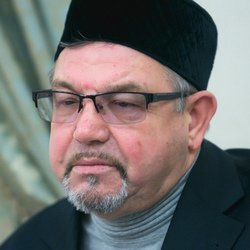
“We need several hectares of land and UNESCO approval”
According to Mukhametshin, the optimal site for the Cathedral Mosque will be the place located closest to the centre of Kazan:
“At the same time, it is very important that access roads are provided there and there is enough space for parking. It takes several hectares of land to have a place to build not only the mosque itself, but also auxiliary premises, madrasahs.”
When asked about the priorities of the MSB of Tatarstan in terms of architectural solutions, the deputy chief mufti replied that the Mardzhani mosque or the Apanayevskaya Mosque can serve as models here to a certain extent, but at the same time he noted:
“But we cannot say that these are our Tatar classical traditions, because we can only judge about them by the Bolgar or the later Kasimov mosque. And the authors of later mosques, among whom, by the way, it is Kaftyrev and other Russian architects, really felt national traditions very well and, at the same time, took into account our geographical location, built taking into account our cold climatic conditions. For their time, these were masterpieces of architectural art, but now technologies have changed, and approaches can be changed. I think we should look at Bolgar. The cathedral mosque should be closer to the classics. And, of course, when choosing its height and size, it is necessary to focus on that it is not lost against the background of modern high-rise buildings, and on UNESCO agreeing on its placement in such proximity to the Kremlin.”
Interconnected projects
According to sources of Realnoe Vremya, it is impossible to make public the decision on the location of the Cathedral Mosque yet due to the lack of a clear idea of how the huge temple on the “island” in the middle of Kazanka River will be combined with the Horizons Park, the concept of which was presented in February 2021 by French landscape architect Michael Pena. According to this concept, a 40-hectare park area should appear between the Millennium Bridge and the Kirov Dam, representing seven green lines repeating the Kazanka coastline, with observation and sports grounds, children's play areas, piers, a beach and so on.
The hydraulic filling for the mosque site with auxiliary structures and multi-car parking can disrupt the harmony of the “seven horizons”. And the beaches — existing at the Riviera and planned in the Horizons Park — with holidaymakers sunbathing in European swimsuits and swimming trunks do not really fit into the “temple” concept of this section of the river bank.
For this reason, the sources of Realnoe Vremya say, the designers of the mosque are waiting for the project of the park to be prepared. No final decisions are being made on the park, since landscape architects will have to adapt a priori to the decisions of the main Muslim object of the republic.
“This place is the most suitable”
The prospect of building the Cathedral Mosque on the inwashed soil in the water area of the Kazanka River was discussed by Realnoe Vremya with one of the authors of the Kul Sharif mosque, Ayvar Sattarov. According to the architect, the proposed location for the Cathedral Mosque in the Kazanka water area, near Riviera and Tatneft Arena, is the most suitable for such structure:
“I originally advocated for this place. It is the most suitable, the mosque here will become the centre of attention.”
“But the large complex of the Cathedral Mosque can block other objects, for example, it will block the view of Chasha from the Millennium Bridge.”

For modern district — super-modern mosque
Answering the question of Realnoe Vremya, which architectural style he himself would choose for the Cathedral Mosque, Ayvar Sattarov, first of all, rejected “classics”:
“There is a modern high-rise building in this area, so the mosque should look super modern. It should be an architecture that does not rely on either Ottoman or Arab traditions. The language of modern architecture has already been adapted to modern buildings, to skyscrapers. The panorama of the right bank of the Kazanka River is modern, and the mosque shouldn't look archaic against its background. Alternatively, it is possible to take the Sheikh Zayed Mosque as a model — the White Mosque in the capital of the Arab Emirates, which is a masterpiece of modern cult architecture. Or to perform it in modern forms, such experience already exists in Naberezhnye Chelny — the Roadside mosque, although it is chamber, small. In any case, the appearance and height of the mosque should be in harmony with the existing construction of the banks of the Kazanka River.”
“Does the height of 80 metres meet these requirements?"
“The height marks should be brought into harmony with both the right and left banks of the Kazanka River — the place obliges! For example, while working on the Kul Sharif project, we built a model, determined the optimal height, looking from the stadium so that the mosque would not fall out of the general architectural context.”
“The location is suitable, but it would be more correct to place the mosque in a historical place”
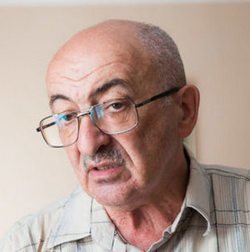
As for the style, according to the town planner, the new mosque should be “a fairly modern building with traditional features”:
“I would like the cultural canons to be read by the consumer, so that the mosque is recognisable, so that it can be seen that this is not a sports or concert hall.”
